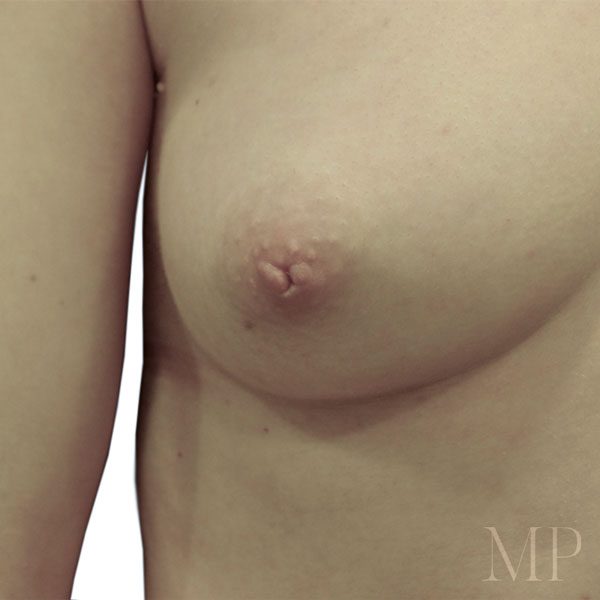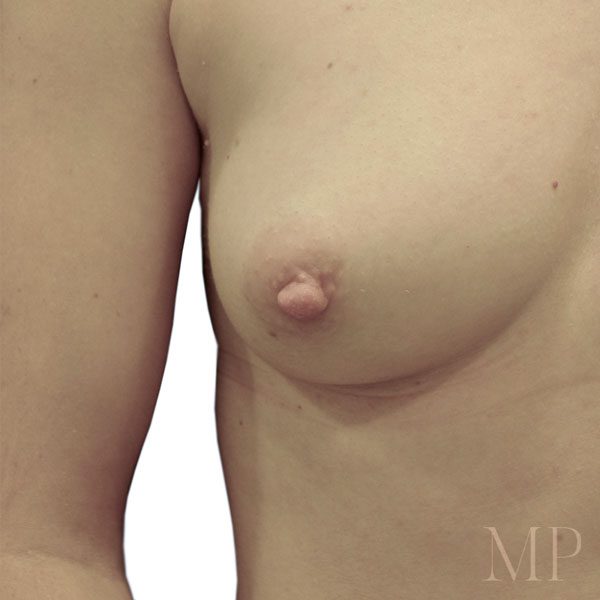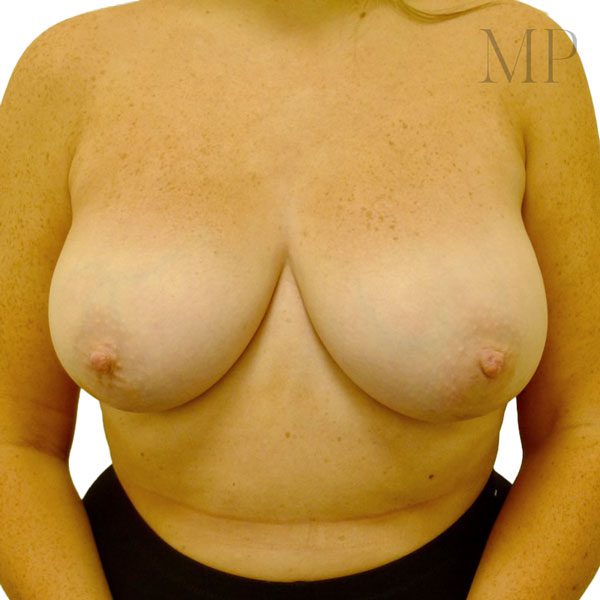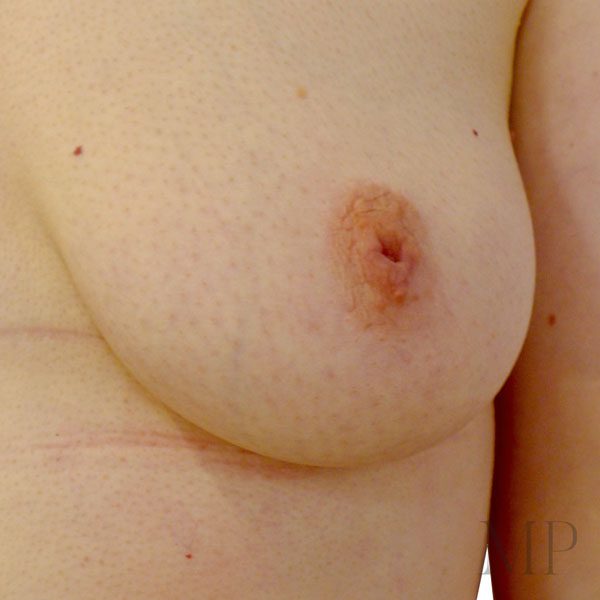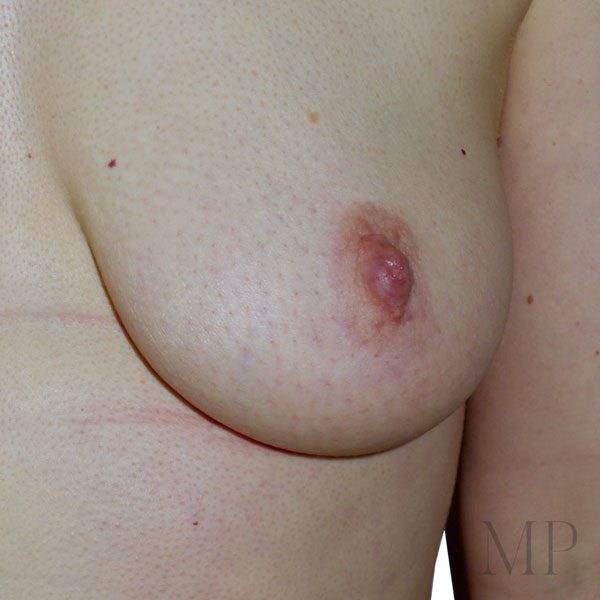Inverted Nipple Correction
The ducts that join the nipple to the breast glandular tissue being short is what causes inverted nipples. This therefore commonly starts to develop post puberty. As the breast tissue develops the breast as a whole increases in size yet the glandular ducts don’t develop to the same degree causing the gradual invention of the nipple.
Some nipples remain permanently inverted (Grade 3). Others often protrude, for instance in cold weather, then invert slowly (Grade 1). Some only briefly protrude then quickly revert to their inverted state (Grade 2).
If you would like to discuss potential treatment with Matthew Potter please contact us here.
We can protract the inverted nipple to lie in a normal position by either elongating the ducts or by cutting the ducts. We can undertake ductal elongation by gradual stretching and can achieve this can by the prolonged use of suction cups on a daily basis for varied periods of time. This gradual stretch we often undertake initially and successfully with grade 1 inverted nipples. Grade 2 or 3 nipples often revert to surgery for permanent correction.
This is a local anaesthetic day case procedure. We anaesthetise the nipple with small amounts of local anaesthetic around the base, Once anaesthetised the nipple is pulled to its protracted position. Two incisions made at the base of the nipple and the ducts divided that are pulling the nipple to its inverted state. The nipple is sutured internally at its base to maintain its protracted position. Absorbable sutures are commonly used to close the skin. We will dress the nipple with a simple covering that encircles the nipple and prevents trauma to the operative site. This doughnut style dressing is small and discreet and you can be remove to allow for daily showering.
The risks associated with this procedure include; infection, scarring, pain, swelling, permanent loss of breast feeding from the operative side, recurrence of the inversion. It is exceptionally rare that this operation needs any further revision.
You should be able to return to normal activities immediately. We advise you to wear suitable supportive soft bras that minimise trauma to the area and to moderate your exercise and activity to prevent any local irritation for at least 2 weeks. You will attend a review a week following the procedure. You will have successive follow up appointments until all has settled down.

